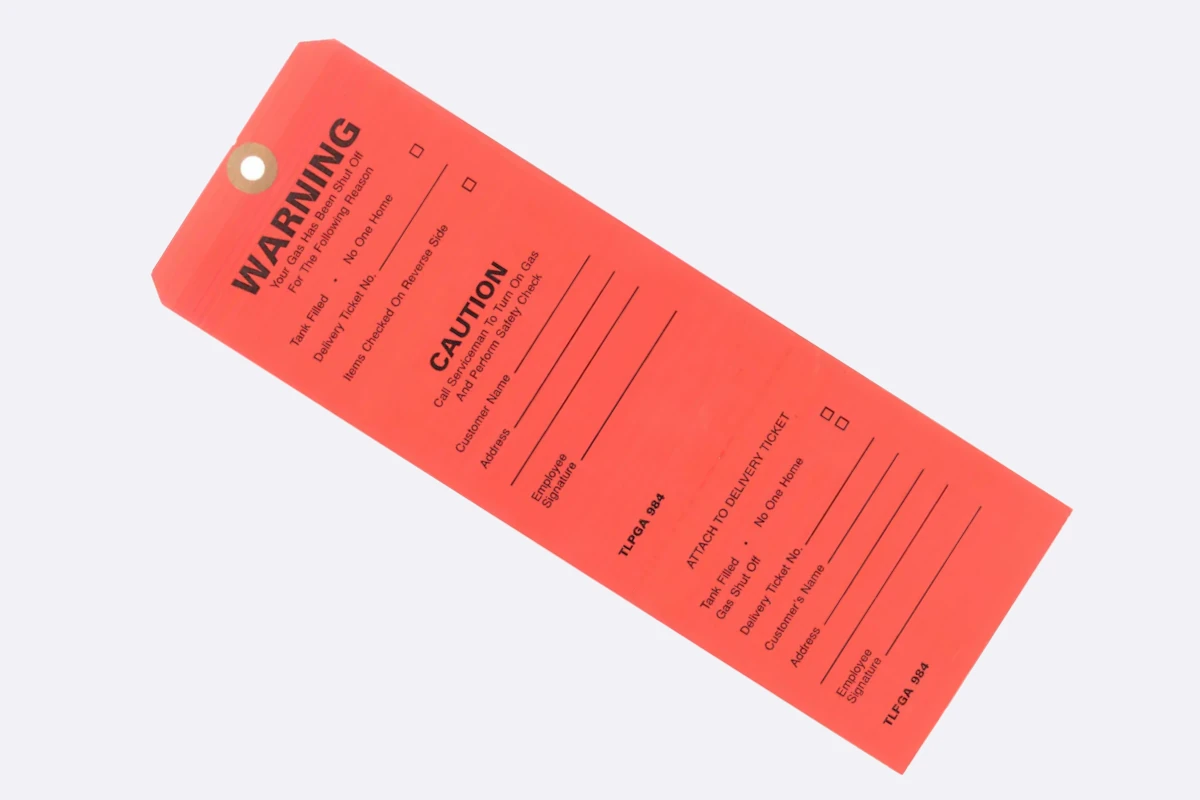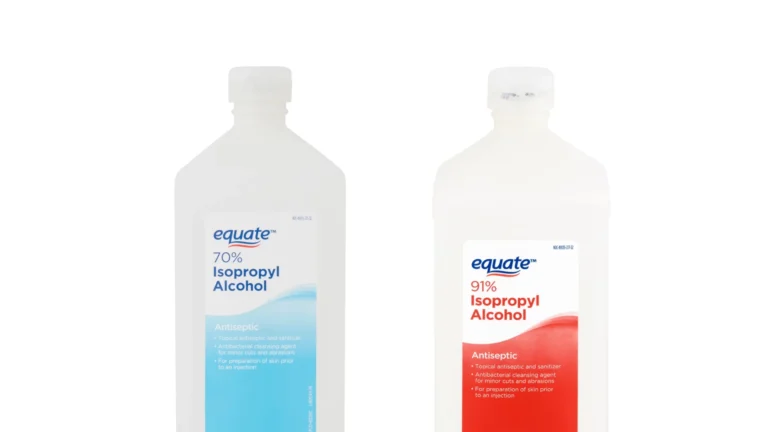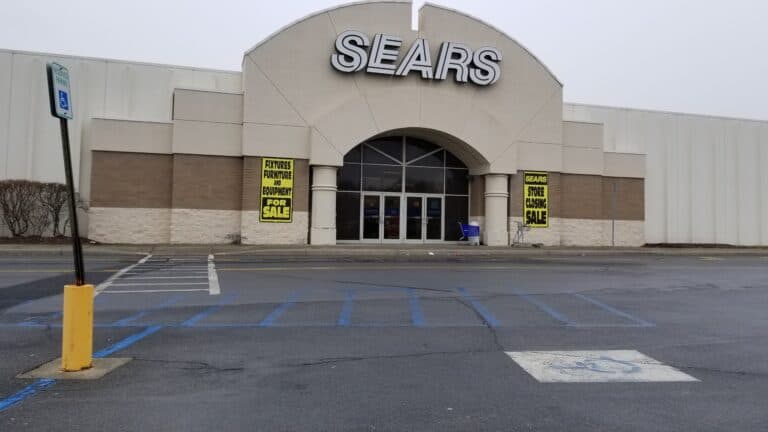
A red tag on a gas appliance or gas line signals a serious safety issue. Utility companies use these tags to warn homeowners and technicians about potential hazards. A red-tagged gas appliance or line must not be used until it is repaired or replaced by a licensed professional.
Red tags are placed by gas company technicians during safety inspections. They indicate problems like gas leaks, faulty connections, or carbon monoxide risks. The technician will describe the issue on the tag and disconnect the gas supply to the affected area.
Homeowners who discover a red tag should take immediate action. Contact a licensed gas technician to assess and fix the problem. Regular maintenance and inspections can help prevent red tag situations and ensure the safe operation of gas appliances.
Key Takeaways
- Red tags indicate serious safety issues with gas appliances or lines
- Only licensed professionals should repair red-tagged gas equipment
- Regular maintenance helps prevent safety hazards and red tag situations
Understanding Red Tags
Red tags are safety warnings placed on gas appliances or systems by licensed technicians. These tags indicate potentially dangerous issues that require immediate attention.
Types of Red Tags
Gas companies use two main types of red tags: Type A and Type B. Type A red tags signify immediate danger. Technicians must shut off gas service to the affected appliance or entire property. Homeowners cannot use the tagged equipment until repairs are made.
Type B red tags indicate less urgent issues. While the appliance can still operate, repairs are mandatory within a set timeframe. Both tag types require prompt action to ensure safety.
Implications of Red-Tagging
Red-tagging has serious implications for property owners. Tagged appliances cannot be used until fixed. This may disrupt daily activities like heating, cooking, or hot water access. Repairs or replacements can be costly and time-sensitive.
Ignoring a red tag is illegal and dangerous. It risks gas leaks, carbon monoxide poisoning, or explosions. Only licensed gas technicians should address red-tagged issues. Regular maintenance can prevent many problems that lead to red tags.
Homeowners should familiarize themselves with their gas systems. This knowledge helps recognize potential hazards before they become severe enough for red-tagging.
Safety Inspections and Maintenance
Regular safety inspections and proper maintenance are crucial for gas line systems. These practices help prevent hazards and ensure the efficient operation of gas appliances.
Importance of Regular Maintenance
Regular maintenance of gas lines and appliances is essential for safety and efficiency. A licensed gas technician should perform annual checks on all gas-powered equipment. These checks can identify potential issues before they become serious problems.
Maintenance tasks include:
- Cleaning burners and vents
- Checking for gas leaks
- Inspecting connections and fittings
- Testing safety controls
Regular upkeep extends the life of gas appliances and reduces the risk of breakdowns. It also helps maintain optimal performance, potentially lowering energy costs.
Conducting a Safety Inspection
A thorough safety inspection involves several key steps. A qualified technician will:
- Check for gas leaks using specialized equipment
- Inspect the condition of gas lines and connections
- Examine venting systems for proper function
- Test gas pressure and adjust if necessary
- Verify the correct operation of safety shut-off valves
During the inspection, the technician may use a combustible gas detector to find hidden leaks. They will also look for signs of corrosion or damage to gas pipes.
If issues are found, the technician may issue a red tag. This tag indicates a safety concern that needs immediate attention. The appliance should not be used until the problem is fixed.
Dealing with a Red-Tagged Gas Line
A red-tagged gas line requires prompt attention and specific steps to ensure safety and compliance. Proper handling of this situation involves immediate actions, necessary repairs, and potentially seeking additional expert opinions.
Immediate Actions Post-Red Tagging
When a gas line is red-tagged, the first step is to stop using the affected appliance or system immediately. This is crucial for safety. Contact the gas company to understand the specific reason for the red tag. They can provide details about the safety issue and necessary repairs.
Do not attempt to remove the red tag or use the appliance. This is illegal and dangerous. If the gas has been shut off, do not try to turn it back on. Only a licensed professional can do this safely.
Document the situation. Take photos of the red tag and any visible issues. This documentation can be helpful for insurance claims or discussions with repair technicians.
Necessary Repairs and Safety Measures
Once the issue is identified, hire a licensed gas technician to perform the necessary repairs. This professional will assess the problem and provide a detailed repair plan.
Common repairs include:
- Fixing gas leaks
- Replacing faulty valves or connectors
- Updating old or damaged piping
- Improving ventilation for proper combustion
The technician will ensure all repairs meet current safety standards. After repairs, they will conduct thorough testing to verify the system’s safety and functionality.
Keep all repair records. These documents are important for future reference and may be required by the gas company or local authorities.
Getting a Second Opinion
For complex or expensive repairs, consider getting a second opinion. This can help verify the diagnosis and proposed solution. Contact another licensed gas technician or company for an independent assessment.
When seeking a second opinion:
- Choose a reputable technician (check licenses and reviews)
- Provide all relevant information about the red tag
- Compare the new assessment with the original diagnosis
If opinions differ significantly, consider contacting the Better Business Bureau for guidance. They can help resolve disputes or provide referrals to trusted professionals.
A second opinion can provide peace of mind or reveal alternative solutions. It’s a valuable step in ensuring the safety and efficiency of your gas system.
Gas Appliances and Carbon Monoxide Safety
Gas appliances require proper maintenance and safety precautions to prevent carbon monoxide leaks. Regular inspections and prompt repairs can significantly reduce risks associated with these devices.
Maintaining Gas Appliances
Proper maintenance of gas appliances is crucial for safety and efficiency. Homeowners should schedule annual inspections by certified technicians. These professionals check for leaks, clean components, and ensure proper ventilation.
Furnaces need regular filter changes to maintain airflow. Water heaters benefit from flushing to remove sediment buildup. Stoves and ovens require cleaning of burners and vents.
Signs of trouble include yellow flames instead of blue, soot around appliances, and unusual odors. If these occur, turn off the appliance and call a technician immediately.
Keep areas around gas appliances clear of flammable materials. This reduces fire risks and ensures proper air circulation.
Preventing Carbon Monoxide Poisoning
Carbon monoxide is a silent killer produced by incomplete combustion in gas appliances. Install CO detectors on every floor of your home, especially near bedrooms. Test these devices monthly and replace batteries annually.
Ensure proper ventilation for all gas appliances. Never use outdoor equipment like grills or generators indoors. Check that vents and chimneys are clear of debris and properly connected.
Know the symptoms of CO poisoning: headaches, dizziness, nausea, and confusion. If you suspect a leak, evacuate immediately and call emergency services from outside.
Have your home’s heat exchanger checked regularly. A cracked exchanger can release CO into living spaces. Replace old appliances that no longer meet safety standards.
Frequently Asked Questions
Red-tagged gas lines and appliances present serious safety concerns. Homeowners must address these issues promptly and correctly to ensure their safety and restore gas service.
What steps are necessary to remedy a red-tagged gas line?
Contact a licensed gas technician immediately. Do not attempt repairs yourself. The technician will inspect the issue, perform necessary repairs, and coordinate with the gas company to remove the red tag and restore service.
How much might it cost to resolve issues associated with a red-tagged gas line?
Costs vary based on the specific problem. Minor repairs may cost $100-$300. Major issues like replacing a gas line or appliance can range from $500 to several thousand dollars. Get multiple quotes from licensed professionals.
What are the qualifications for a professional to remove a red tag from a gas installation?
Only licensed gas technicians can remove red tags. They must have proper certification and training in gas line repair and safety. The gas company typically requires proof of completed repairs before removing the tag.
Under what circumstances is a red tag placed on a gas appliance?
Red tags indicate serious safety hazards. Common reasons include gas leaks, improper ventilation, faulty connections, or damaged components. Technicians may red-tag appliances that fail safety inspections or pose carbon monoxide risks.
What implications does a red tag on a gas meter indicate for homeowners?
A red tag on the meter usually means the gas supply to the entire home has been shut off. This requires immediate attention. Homeowners must address the underlying safety issue before service can be restored.
What process should be followed for a red tag removal from a gas stove?
First, hire a licensed gas technician to inspect and repair the stove. Once fixed, the technician will document the repairs. Contact the gas company to schedule an inspection. If approved, they will remove the tag and restore gas service.






